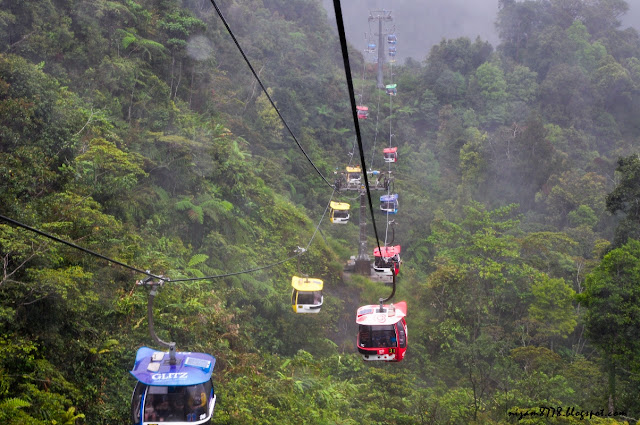Photographer based in Johor Bahru. Malay Weddings, Engagements, Corporate events & Business Products
Pages
Wednesday, April 27, 2011
Wednesday, April 20, 2011
My little girl....Nur Ayriena Aleya
Adanyer dia hidup kengkadang menjadi huru hara, hati panas, tak tenteram....tapi tiadanya dia hidup menjadi sunyi sepi walau terasa gak aman nya....haha
Dia la si kecil kepoh mulut x berhenti2 membebel.....pandai membodek kengkadang nak marah pun tak jadi..."Papa, harini papa hug adik ehhh" - tu la ayat dia bila nak tidur ;)
Tuesday, April 19, 2011
Depth of Field - Photography | DOF | Camera
In optics, particularly as it relates to film and photography, depth of field (DOF) is the distance between the nearest and farthest objects in a scene that appear acceptably sharp in an image. Although a lens can precisely focus at only one distance at a time, the decrease in sharpness is gradual on each side of the focused distance, so that within the DOF, the unsharpness is imperceptible under normal viewing conditions.
In some cases, it may be desirable to have the entire image sharp, and a large DOF is appropriate. In other cases, a small DOF may be more effective, emphasizing the subject while de-emphasizing the foreground and background. In cinematography, a large DOF is often called deep focus, and a small DOF is often called shallow focus.
The DOF is determined by the camera-to-subject distance, the lens focal length, the lens f-number, and the format size or circle of confusioncriterion.
For a given format size, at moderate subject distances, DOF is approximately determined by the subject magnification and the lens f-number. For a given f-number, increasing the magnification, either by moving closer to the subject or using a lens of greater focal length, decreases the DOF; decreasing magnification increases DOF. For a given subject magnification, increasing the f-number (decreasing the aperture diameter) increases the DOF; decreasing f-number decreases DOF.
When the “same picture” is taken in two different format sizes from the same distance at the same f-number with lenses that give the same angle of view, and the final images (e.g., in prints, or on a projection screen or electronic display) are the same size, the smaller format has greater DOF.
Many small-format digital SLR camera systems allow using many of the same lenses on both full-frame and “cropped format” cameras. If the subject distance is adjusted to provide the same field of view at the subject, at the same f-number and final-image size, the smaller format has greater DOF, as with the “same picture” comparison above. If pictures are taken from thesame distance using the same f-number, and the final images are the same size, the smaller format has less DOF. If pictures taken from the same subject distance are given the same enlargement, both final images will have the same DOF. The final images will, of course, have different sizes.
Cropping an image and enlarging to the same size final image as an uncropped image taken under the same conditions is equivalent to using a smaller format under the same conditions, so the cropped image has less DOF.
When focus is set to the hyperfocal distance, the DOF extends from half the hyperfocal distance to infinity, and the DOF is the largest possible for a given f-number.
The advent of digital technology in photography has provided additional means of controlling the extent of image sharpness; some methods allow extended DOF that would be impossible with traditional techniques, and some allow the DOF to be determined after the image is made.
Nursyaza aleya menari
Persembahan tarian Kelas 5 Bijak Tadika Pintar Bistari 2009 sempena pertandingan Mental Arithmetik.
Monday, April 18, 2011
Saturday, April 16, 2011
Maharaja Lawak -Jambu minggu kedua
Powerrr....
Subscribe to:
Posts (Atom)
















